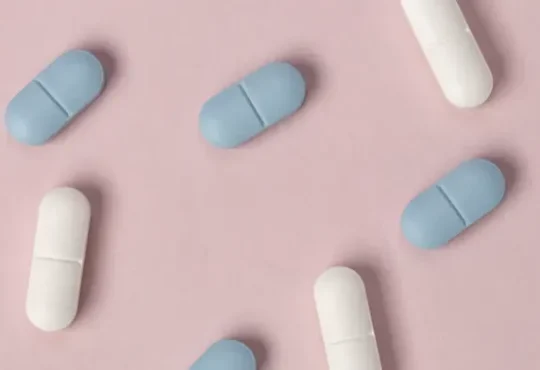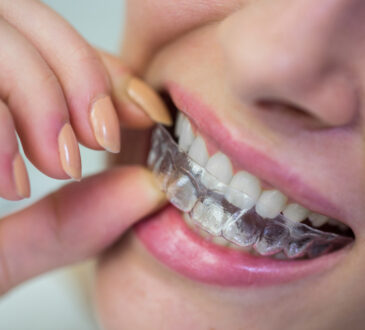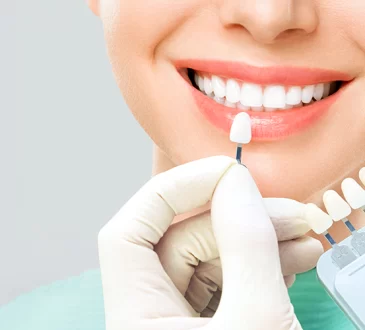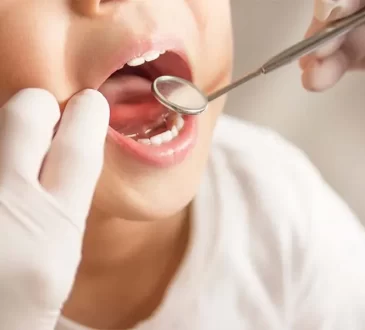Gum grafting in Pleasantville: An overview of the procedure
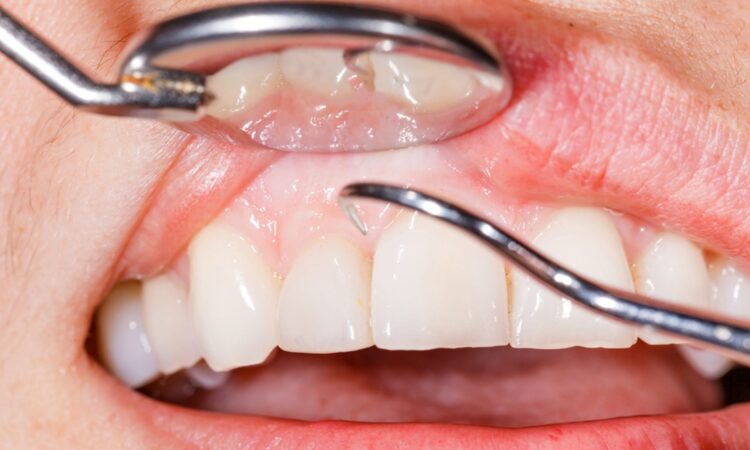
Periodontal disease, also called gum disease, can lead to severe complications in advanced stages. If there is a recession of gums, the tooth roots eventually become exposed, and if not addressed in time, this can ultimately lead to teeth loss. Gum grafting is a type of periodontal plastic surgery, which aims to address gum recession. Before you visit your dental practice in Pleasantville, NY, for the procedure, take a look at this overview.
Types of gingival graft
Gum grafts, or gingival grafts, can be categorized into three categories. The first one is a free gingival graft, which is used to thicken the current gum tissues. Your periodontist will harvest the tissue from the top of your mouth to the areas affected by recession. The healing process for both sites is fairly quick. The second type is a subepithelial graft, which is used for covering exposed tooth roots. There is also the acellular dermal matrix allograft, which uses donated human tissues instead of harvesting grafting material from the patient. Since there is no donor site, there is less pain and limited recovery time.
Why do you need a gingival graft?
There are numerous reasons why your periodontist may recommend a gingival graft. When there is gum recession, you may experience extreme sensitivity while eating hot and cold food items. That happens because the tooth roots become exposed. With gingival grafting surgery, you can cover the exposed roots.
Gum recession also makes your teeth longer than usual, and many patients find that more of an aesthetic concern. With gingival grafting, you can make the teeth look normal, enhancing your smile. Lastly, a gum graft is the best way to stop the progress of periodontal disease. Gum disease can affect the tissues rapidly, leading to serious outcomes.
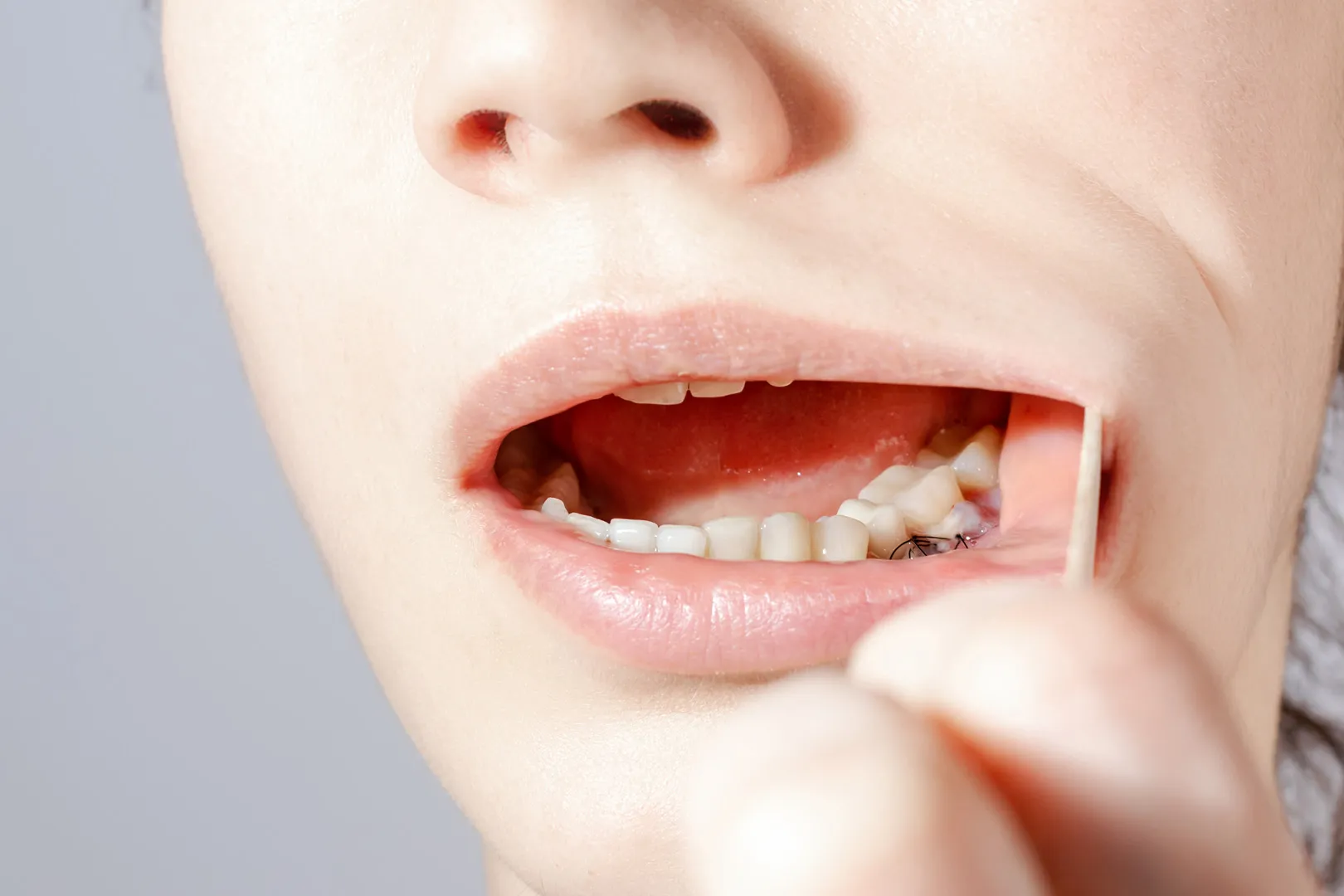
How is the procedure performed?
Before your dentist goes ahead with the gum grafting procedure, they may have to do a few pretreatments. One of the first steps is to clean your teeth and remove plaque and tartar. They will also check whether you have suffered bone loss, which may require additional treatments.
A gingival grafting procedure is done under local anesthesia. The rest of the treatment depends on whether the grafting material is harvested or used from a donor. For a standard gum graft, your periodontist will make incisions into the targeted area to create a pocket for the graft. As required, they will harvest the grafting material and insert it in the space between the sections of tissues. Expect the gingival graft to be slightly larger than the area of recession. Your dentist will use sutures to stabilize the graft.
How long does it take to heal after gum grafting?
Most patients experience great outcomes within six weeks, although the recovery time depends on the individual. You have to eat soft foods during the healing period to ensure the graft is not damaged. Consider eating eggs, soft-cooked veggies, cottage cheese, and ice cream. Your dentist may give medications or antibiotics to accelerate the healing.
Preventing periodontal disease
Unlike cavities, which cannot heal or be reversed, periodontal disease is usually treatable, especially in the early stages. Ensure that you see your dentist every six months. Regular dental exams go a long way to spot early gum problems. Dental cleanings ensure your teeth are free of tartar.
In the initial stages, gum disease is reversible. Your dentist may perform procedures like root planing and scaling that go beyond the gum line to remove tartar and plaque. Also, when you see your periodontist in Pleasantville next, ask them how you can keep your gums healthy. You can also get product suggestions.
